Turning a Board Bowl
This is an exercise in turning which can open up new vistas and potentials for any turner. A form of segmented turning best described as "STACK LAMINATE TURNING", this is unique in that it requires no measuring, no bandsaw work, no precision cutting on the tablesaw, no tedious sanding, no finicky assembly...and it is amazingly quick!!! The only sawing required is to make sure that the board will fit the turning diameter of the lathe; if the lathe will accommodate 12-inches, it may be necessary to trim the corners of the board so that it will turn within that diameter (`11 1/2 inches corner to corner for example).
Materials:
- Masking tape
- Pen or pencil
- Figured / Colored / Patterned Board, Dead, Flat & Dry
- (Can also be laminated for effect!) 3/4" or 1" thick
- Fluted parting tool (Small sorby)
- Or thin (1/16th in) Parting tool w/narrow blade
- 3/8 Bowl gouge (Fingernail profile preferred)
- Faceplate (3" recommended)
- 3'4" Plywood backing plate (Diameter slightly less than lathe capacity)
- Waste block for mounting
- Titebond II glue or equivalent
- Trysqure or 45-degree angle square (optional)
- Live center with point and/or cup
- Chuck
- Abrasives of choice
- Finish of choice
Preparation:
a) Find the center of the board on both sides and mark it. Draw a single line from the center point to the edge, but do not go all the way across the board. Do this on both sides. Make sure that these lay-out lines both end up on the same edge. See Fig. 1.
We do this for two reasons: We need the center points for reference later, and the lines from center to one edge help line up the segments during assembly, and they do need to be on both sides.
From the center point on one side, and on the line drawn from center to edge, make a mark at about 2". This will be your final cut line and defines the diameter of the foot (4" works best!). Now, using a scrap bit of the same wood as your bowl board, lay it on edge (90-degrees to the line from center to edge) and mark out a series of cross-lines from this first line to the edge. The thickness of the wood determines the width of the cuts to be made later. See Fig. 2.
b) You will need to make a backing plate to attach to the faceplate. This plate should or plywood or MDF, be about 3/4-inches thick, and the diameter should be slightly less than the maximum turning diameter of your lathe, but larger than the maximum diameter of your bowl. Center and attach the faceplate to this backing plate and turn it to round.
c) Turn a waste block between centers, to include a tenon to fit your chuck. It should be about 2" or 2 1/2" in diameter and about 1 1/2" long. THIS STEP IS OPTIONAL!
d) Attach a strip of masking tape to the tool rest. The tape edge should run from the edge of the tool rest and go from end to end. Use your trysquare head or 45-degree angle square and scribe 45-degree lines on the tape. NOTE: THESE LINES ANGLE IN FROM OUTSIDE TOWARD CENTER POINTING TOWARD YOUR CENTER MARK ON THE BOARD. Make these marks from the right end to the left and space them about 1/2" to 3/4" apart. We are not interested in precision, so a guesstimate will be fine. See fig. 3
e) Attach the faceplate/backing plate assembly to the spindle.
Process
f) Center the board on the backing plate by using the tailstock and live center point to bear on the center mark you found earlier. Tighten up firmly on the tailstock handwheel to insure that the board is held to the backing plate. Make sure that the lay-out lines are on the tailstock side so that you can see them!!!
g) Place the toolrest as close as possible to the face of the board. It is critical that the toolrest be parallel to the board and that one of the 45-degree lines on the toolrest points at the OUTERMOST layout line. See Fig. 4.
h) Turn on the lathe. Carefully align the parting tool on the 45-degree line that points to the OUTERMOST layout line and begin a parting cut. It may be necessary to make a clearance cut as you progress through the board, but strive to make the total cut as tight and straight (on the 45-degree angle) as possible. The wider this cut becomes, the less wood you will have later and it can cause serious problems. When the cut is all the way through, turn off the lathe. The parted piece will stay on the lathe due to the 45-degree angle cut you have just made. You can leave this part on the lathe or take it off at this time and set it aside. I suggest you remove this ring. Use the center point to realign the board, bring the tailstock up again, tighten down and repeat the process. As you near the center and the diameters of the cut lines become smaller, you can see the importance of the thin and narrow parting tool, especially on the last cut. Stop frequently to allow the chips and dust to clear. Friction may cause the wood to heat up and smoke...this indicates that more relief may be needed or that you need to clear the cut more often of debris. DON'T RUSH, DON'T PUSH HARD. MAKE SURE THE TOOL IS SHARP!!!
i) Now to complete the reference line. Earlier you drew a line on either side of the board from center to edge. Now you want to draw a line on the 45-degree cut line connecting those lines on what will be the outer side of the bowl. Do this on each of the rings you have cut. This will now allow you to perfectly line up the grain of the board...or not, if you choose. See Fig. 5.
j) We assemble the bowl from the top down. Liberally apply glue to the flat side of the smaller diameter of the top (larger) ring. Apply glue to the mating side of the next ring and put the two together. Slightly rotate the two against each other to insure that the glue is spread over the mating surfaces and align the two lines you drew on the angle side. Pick the piece up, turn it over, and make sure that the inner surfaces are concentric and/or even. They will NOT be in a smooth line. Wiggle the wood around until everything is lined up and as even as it can be. Repeat this process for each ring in turn.
k) If necessary, re-turn the waste block to insure that it is the same diameter as the BOTTOM SIDE of the last ring (which will become the foot). Glue-up the waste block, center it on the foot and set it the entire assembly aside for about five (5) minutes. This will allow the glue a bit of time to assume some "tack". OR…TURN A TENON ON THE BASE RING THAT WILL FIT INTO YOUR CHUCK. A WIDTH OF ¼ OR 3/8 INCH IS ADEQUATE. MAKE SURE THAT THE REGISTER FLAT IS CLEAN.
l) Carefully pick up your assembly, hold it against the backing plate and bring the tail stock up, centering the live center point/cup on the center point left when you turned it. DO NOT GLUE THE ASSEMBLY TO THE BACKING PLATE!! Apply pressure with the tailstock and insure that you get good glue squeeze-out. Allow time for the glue to set. Although it is possible to start turning after only about an hour, it may be safer to allow the glue to set overnight. You can use the time to part-off and assemble more bowls, clean the shop or take a nap.
m) After the glue has cured, leave the assembly on the lathe against the backing plate. You can now turn the outside. You only want to take light clean-up cuts to define the outer shape and remove any ridges and glue squeeze-out. When turned, sand and apply your normal finish.
n) Remove the assembly from the backing plate. Mount the chuck on the spindle, mount the bowl assembly in the chuck. Make sure the lathe speed in on slow (500-700 RPM), stand aside out of the line of fire and turn on the lathe. The piece may be slightly out of balance, so adjust the speed accordingly. Now you can turn the inside, again using light clean-up cuts until the inside is smooth and the desired thickness is achieved. Sand to 320-400, apply the finish of your choice, and be prepared to answer that question we love to hear: "How did you do that?"
NOTE: I tried this with some spalted maple that had gone a bit "punky"...not a fun experience!! Likewise, very hard woods like Bubinga are a bear to do!!!
My fastest time for this bowl, start to finish, is 45 minutes!!! BUT think safety at all times...

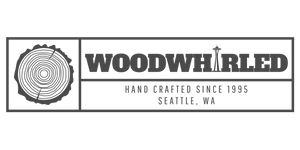
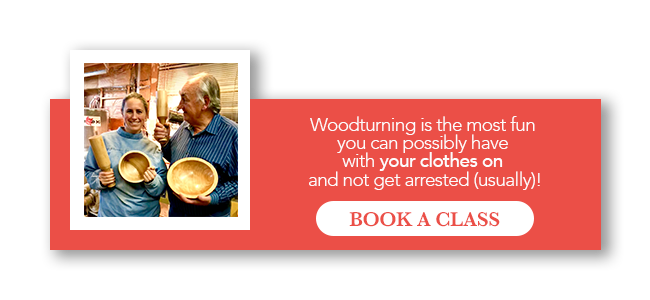
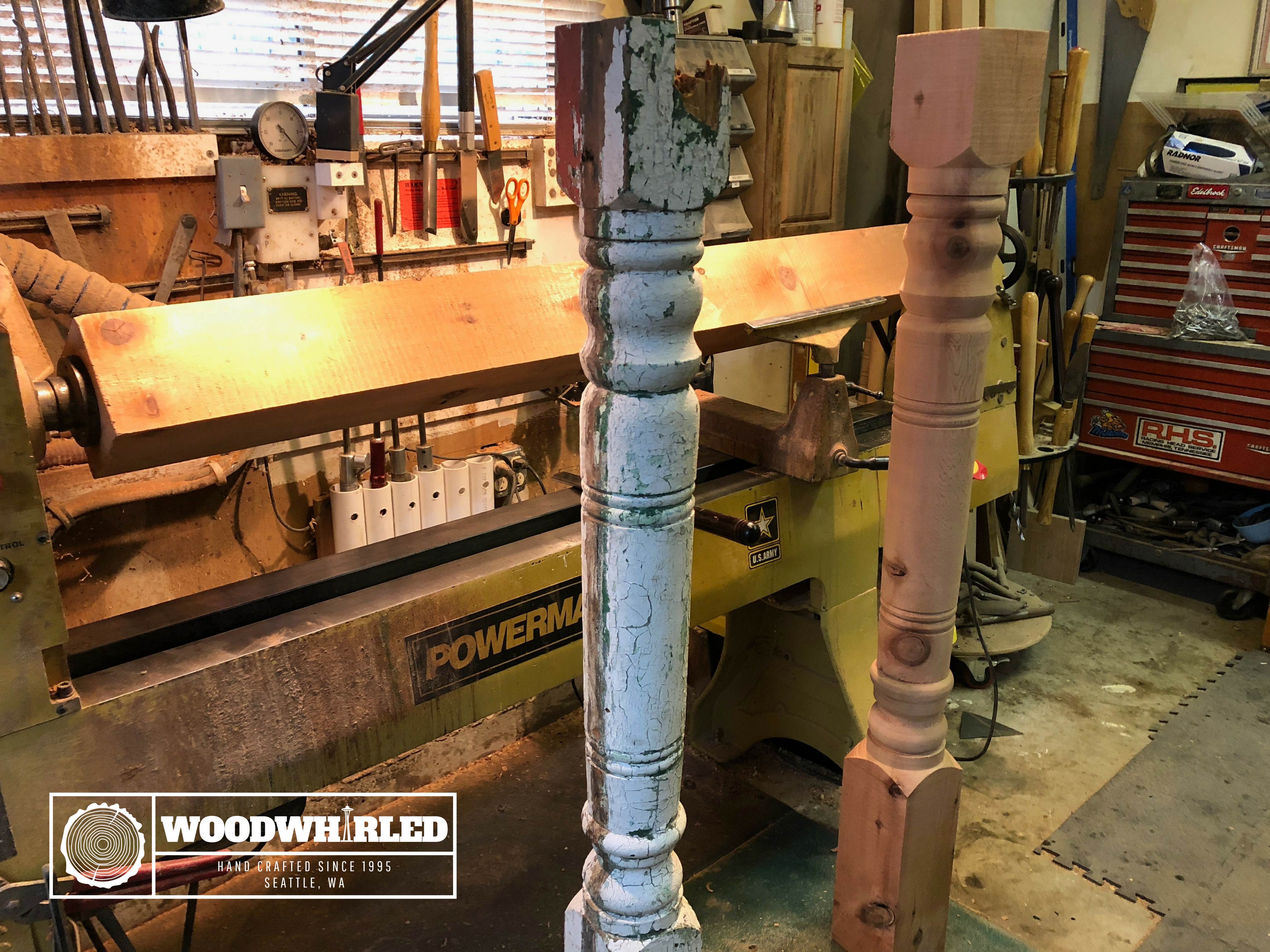
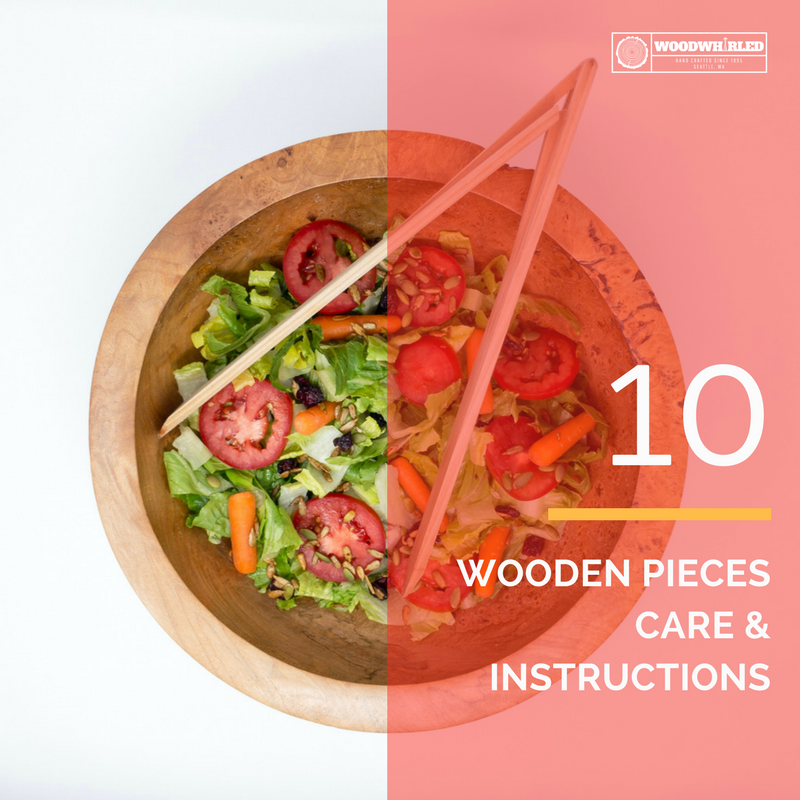
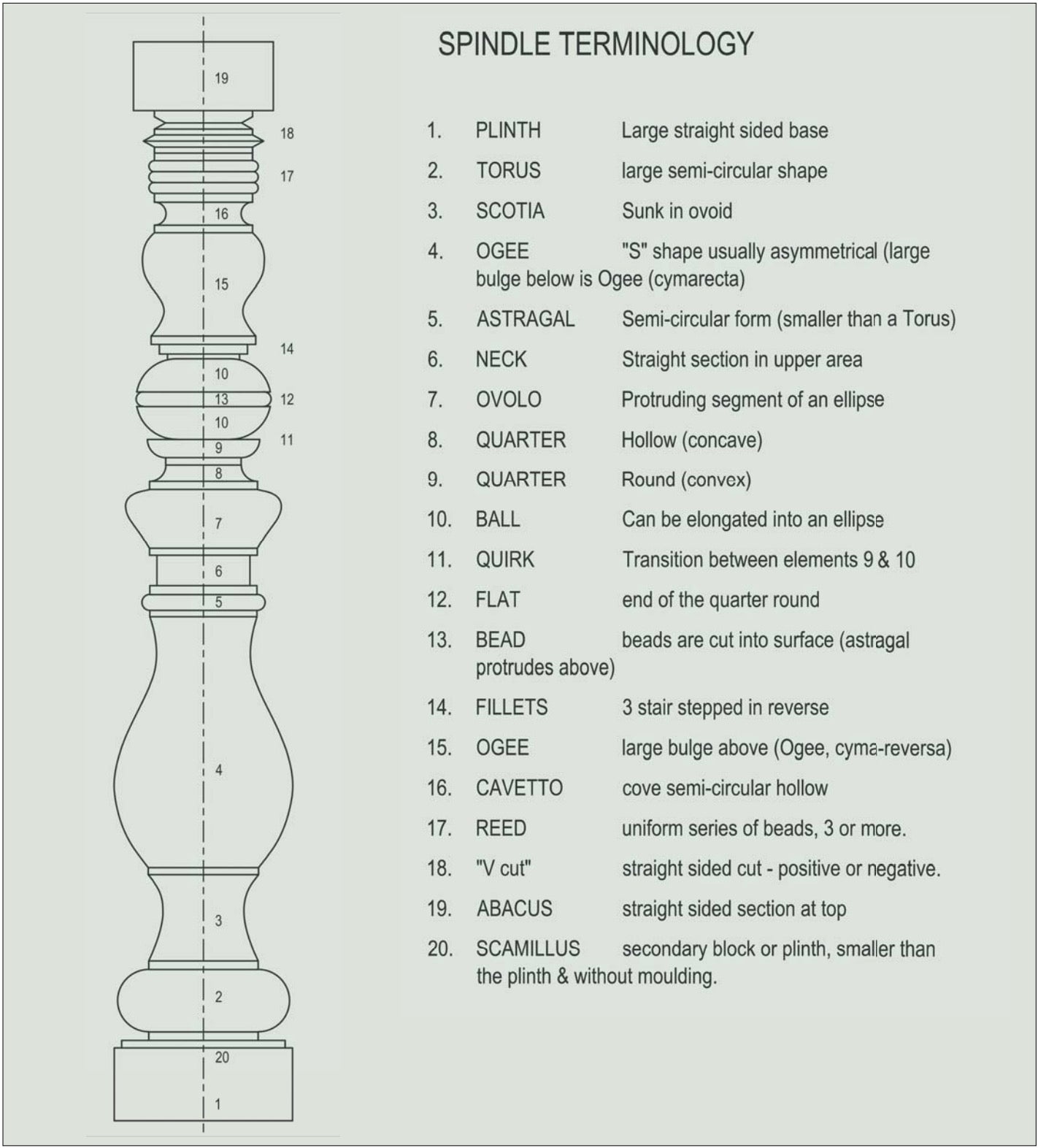
18 comments
Personal growth is important for achieving success in life. All these words were shared with me by Lord Meduza, who performed a spell reading for me and created a lottery spell that turned me into a lottery champion of $112 million here in Arizona. Within 48 hours of adhering to all of Lord Meduza’s divine instructions, he granted me the chance to use the divine lottery numbers to enter the lottery after I bought my ticket in Tempe. A week later, I was informed that I had become the fortunate Jackpot winner of the game, and this was all made possible by Lord Meduza. Kindly express my gratitude to him for his impactful words and actions. For a transformative opportunity, contact him via
Email: Lordmeduzatemple@hotmail.com
Call/WhatsApp: +1 807 907 2687
God Bless You Lord Meduza.
I have been a victim of scam and lost up to $305k . All my life, I have always been looking for ways to invest and save money. So as to retire early. Unfortunately I got scammed last week on forex and binary options Investors. I haven’t felt so empty in my life before, All effort to recover my funds was in vain. I recommend:- ( supremeassetrecovery07@gmail.com ) for saving my life, kept me calm and also gave me their word. throughout the whole process of recovery. Unbelievable, I recouped 100% of my money back to my wallet. Whatsapp +1-5-1-3- 2-6-6‑5-3-4-9
It’s never late to recover your cryptocurrency from scammers.
I know this may not be the right place, but I just want to use this medium to share my story and help others who might find themselves in a similar situation. In 2022, my best friend introduced me to a Telegram platform where she was successfully trading Bitcoin and other cryptocurrencies, making over $85,000 in just three months. Encouraged, I invested $25,000, saw a 30% ROI in my first month, and withdrew $10,000. Feeling confident, I upgraded to the premium plan and invested an additional $65,000. My investment grew to $350,000, and I decided to withdraw the funds to buy a property.However, the platform demanded an unexpected 25% commission, which was not in the original agreement. I managed to pay 20%, but they continued asking for more. When I couldn’t pay, they closed my account and stopped responding. My friend and I reported the incident to the police, who informed us that the company was based in India and that they would need to involve Interpol. After waiting three months with no progress, my friend found a blockchain recovery expert. Contacting them was the turning point. Within two days, they arranged a trial deposit, and the next day, I received a full deposit of $430,000, including all bonuses. They saved my investment, and I promised to share my story to help others in similar situations. Their communication was excellent throughout the process, and I highly recommend them. If you need help, here’s their contact info:Telegram: AssetRecoverNet Email: assetrecovernet@gmail.com WhatsApp: +1 (504) 302-3464
해외배팅사이트
해외스포츠배팅사이트
해외배팅사이트에이전시
해외배팅사이트주소
해외배팅사이트도메인
머니라인247
황룡카지노
핀벳88
피나클
스보벳
맥스벳
BTI SPORTS
에볼루션카지노
해외온라인카지노
파워볼
엔트리파워볼
토토사이트
스포츠사이트
해외배팅사이트_https://spo337.com/
해외스포츠배팅사이트_https://spo337.com/
해외배팅사이트에이전시_https://spo337.com/
해외배팅사이트주소_https://spo337.com/
해외배팅사이트도메인_https://spo337.com/
머니라인247_https://spo337.com/ml247/
황룡카지노_https://spo337.com/gdcasino/
핀벳88_https://spo337.com/pinbet88/
피나클_https://spo337.com/pinbet88/
스보벳_https://spo337.com/sbobet/
맥스벳_https://spo337.com/maxbet/
BTI SPORTS_https://spo337.com/btisports/
에볼루션카지노_https://spo337.com/evolutioncasino/
해외온라인카지노_https://spo337.com/onlinecasino/
파워볼_https://spo337.com/category/powerball/
엔트리파워볼_https://spo337.com/category/powerball/
토토사이트_https://spo337.com/category/sports-site/
스포츠사이트_https://spo337.com/category/sports-site/
해외배팅사이트
해외스포츠배팅사이트
해외배팅사이트에이전시
해외배팅사이트주소
해외배팅사이트도메인
머니라인247
황룡카지노
핀벳88
피나클
스보벳
맥스벳
BTI SPORTS
에볼루션카지노
해외온라인카지노
파워볼
엔트리파워볼
토토사이트
스포츠사이트
해외배팅사이트_https://spo337.com/
해외스포츠배팅사이트_https://spo337.com/
해외배팅사이트에이전시_https://spo337.com/
해외배팅사이트주소_https://spo337.com/
해외배팅사이트도메인_https://spo337.com/
머니라인247_https://spo337.com/ml247/
황룡카지노_https://spo337.com/gdcasino/
핀벳88_https://spo337.com/pinbet88/
피나클_https://spo337.com/pinbet88/
스보벳_https://spo337.com/sbobet/
맥스벳_https://spo337.com/maxbet/
BTI SPORTS_https://spo337.com/btisports/
에볼루션카지노_https://spo337.com/evolutioncasino/
해외온라인카지노_https://spo337.com/onlinecasino/
파워볼_https://spo337.com/category/powerball/
엔트리파워볼_https://spo337.com/category/powerball/
토토사이트_https://spo337.com/category/sports-site/
스포츠사이트_https://spo337.com/category/sports-site/